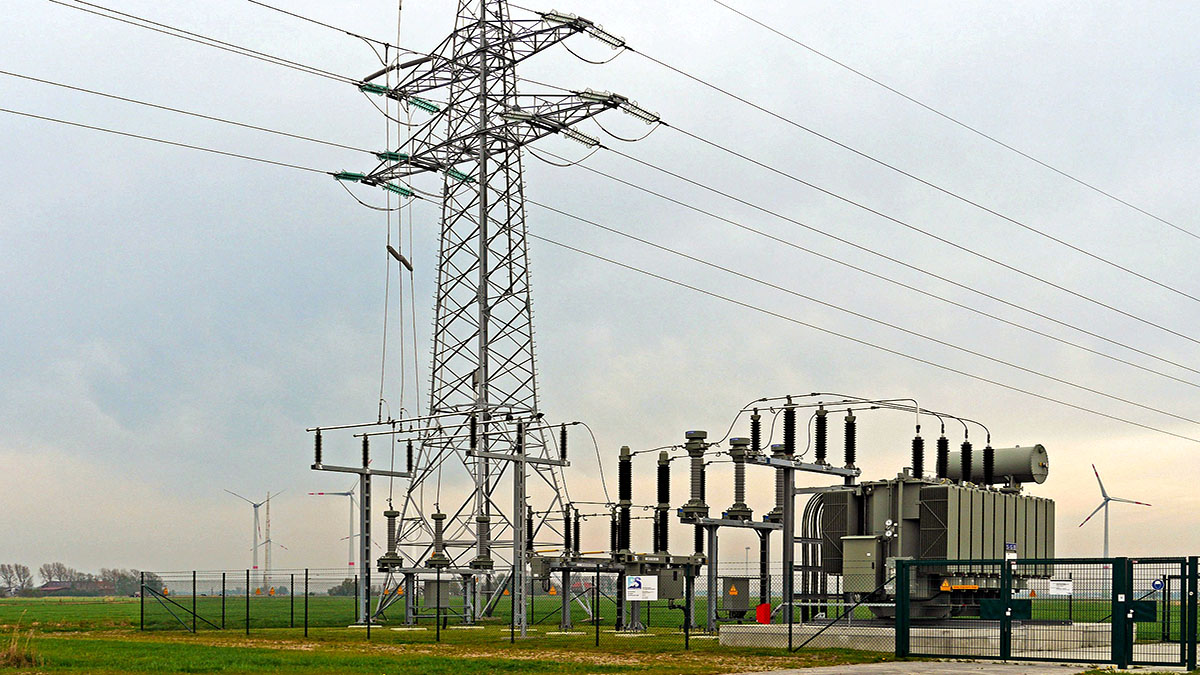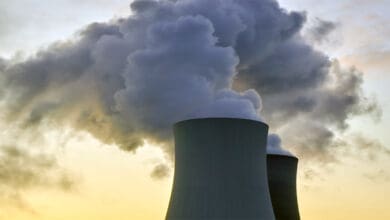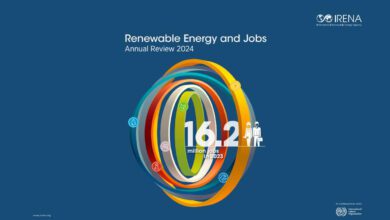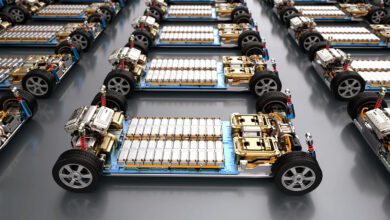The Asian Development Bank (ADB) will provide a USD 231-million loan to augment electricity generation capacity in Assam through construction of a 120 MW hydroelectric power plant. ADB and the Government of India signed the loan agreement. This is the third tranche loan for the ongoing Assam Power Sector Investment Program, which was approved by the ADB board in July 2014. The programme, including its two previous tranches, focuses on enhancing capacity and efficiency of the energy generation and distribution systems in Assam to improve electricity service to end users.
The proposed hydroelectric project is run-of-the-river project over Kopili river which will help increase electricity supplied from clean energy by 469 GWh by 2025 and reduce greenhouse gas emissions by 3.6 lakh tonnes of carbon dioxide annually. Part of the loan will be used for project capacity building of Assam Power Generation Corporation Limited (APGCL) on construction, operations and maintenance and safeguards.
The project will finance APGCL’s enterprise resource planning system. It will also contribute to improving gender equity by enhancing the gender capacity of APGCL and improve women’s participation and contribution in training and community-led interventions. A USD 2-million grant from the Japan Fund for Poverty Reduction (JFPR) is also associated with the project to finance equipment and consulting services to improve capacity for resource management and community resilience.
Meanwhile, ADB and the central government also signed a USD 10-million project readiness financing (PRF). It is to help finance piloting activities, and design and capacity building for an ensuing project that aims to expand horticulture production and farm household income in Himachal Pradesh. The ensuing project, to be designed by the PRF, will support development of subtropical horticulture, including cultivation of fruits and vegetables, in the state’s southern region. Currently, it is lagging due to limited access to perennial water sources, crops losses due to wild animal encroachment and limited access to high-value markets.













